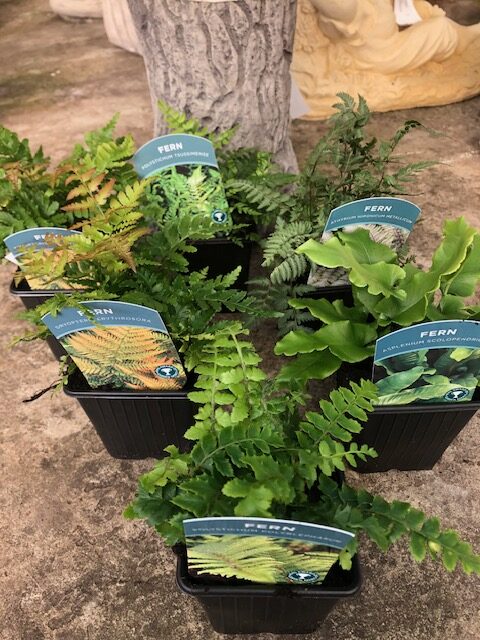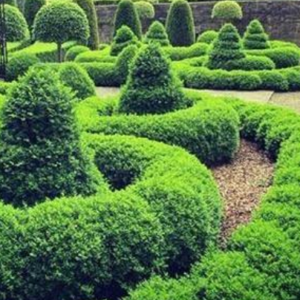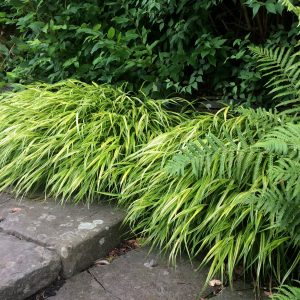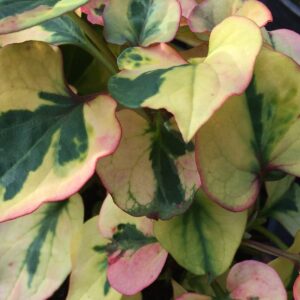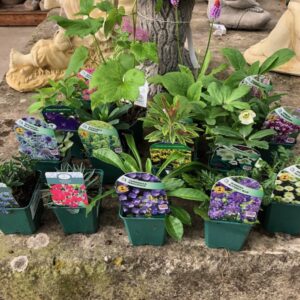Plant bundle, Baby Range (9cm), Ferns, Perennials
Fern bundle
Six 9cm Ferns for £25
This Fern bundle is a great way to start your own fernery, stumpery or attend to that damp shady area.
We try to supply the plants shown, but if we have to substitute will be replaced with those of equal or higher value)
SKU: FERN-BD
Categories: Plant bundle, Baby Range (9cm), Ferns, Perennials
Tags: Ferns, Interesting Leaves, Shade loving, wall planting, Woodland plant
Related products
-
Rated 0 out of 5
Buxus sempervirens plant bundle
£55.00 Select options This product has multiple variants. The options may be chosen on the product page -
Rated 0 out of 5
Hakonechloa macra Aureola
£9.99 Select options This product has multiple variants. The options may be chosen on the product page -
Rated 0 out of 5
Houttuynia Pied Piper
£9.99 Select options This product has multiple variants. The options may be chosen on the product page

